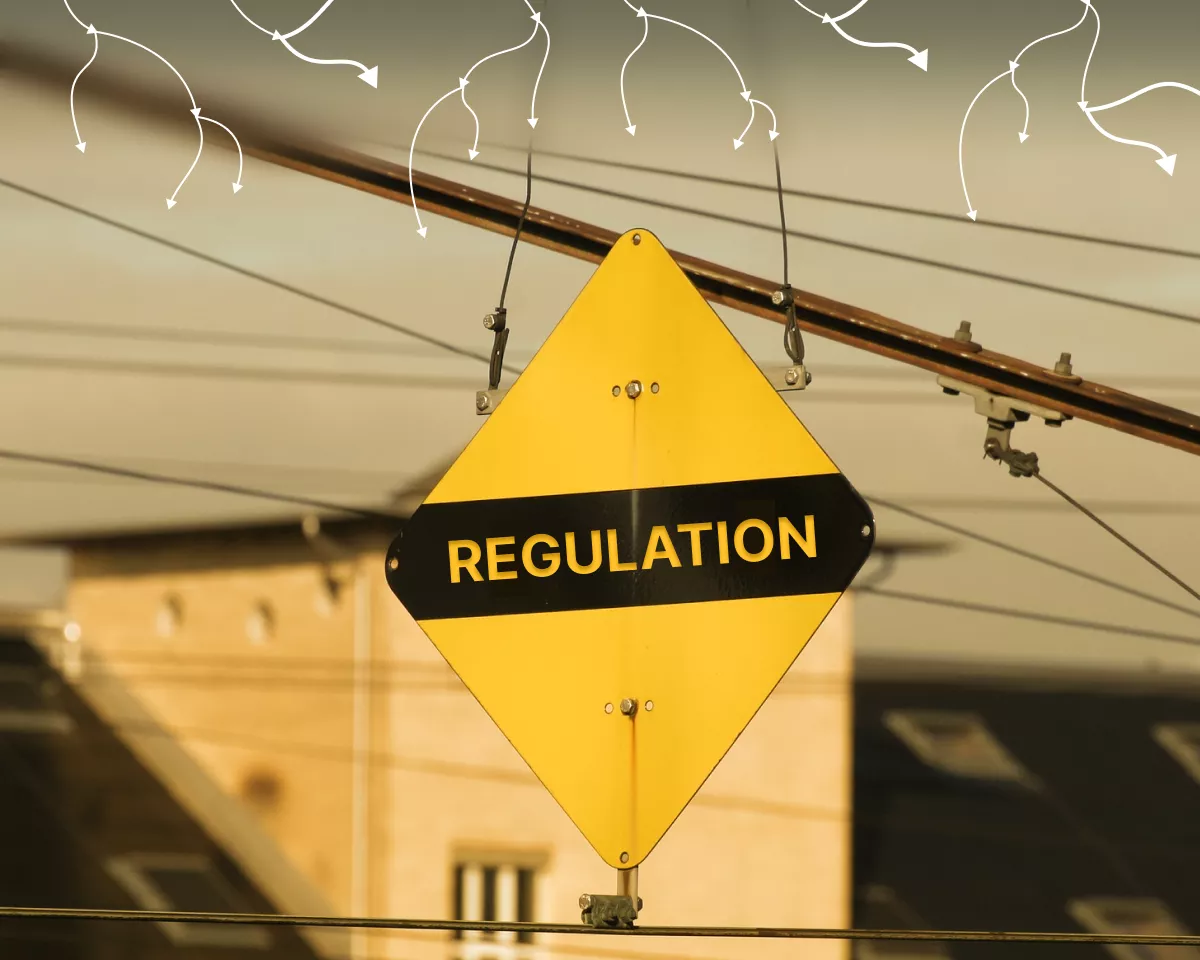The evolving regulatory landscape for cryptocurrency in the United States has sparked renewed debate over the future of blockchain networks like Solana and their financial products. As Multicoin Capital proposes a dynamic token emission model to stabilize Solana's inflation rate, discussions around the potential launch of Solana-based exchange-traded funds (ETFs) highlight the challenges of navigating complex SEC regulations. With industry experts divided on the timeline for ETF approval and broader concerns over tokenomics, the coming years may prove pivotal for Solana’s role in both the decentralized finance space and traditional investment markets. Multicoin Capital Proposes Variable Inflation Model to Address Solana’s Tokenomics Challenges Multicoin Capital has introduced a bold proposal to reform Solana’s token emission model, aiming to balance inflationary pressures with the need for robust network security. The proposal, known as SIMD-0228, suggests a dynamic, variable-rate system for Solana’s token issuance, designed to respond to shifts in staking participation and provide incentives for network validators. SIMD-0228 introduces a market-oriented approach to Solana’s tokenomics, wherein token issuance rates adjust according to the staking participation rate. This rate is determined by dividing the amount of staked SOL by the total circulating supply. The goal is to maintain a healthy 50% staking participation rate to ensure network security and economic stability. Under the proposed system: Below Target Participation: If staking participation falls below 50%, new token issuance would increase. This measure aims to attract stakers and validators, thereby bolstering network security. Above Target Participation: Conversely, when staking participation exceeds 50%, token issuance would be limited. A cap on inflationary rates ensures that the minting of new tokens is controlled, preventing excessive dilution of SOL holders’ investments. This adaptive model marks a significant departure from Solana’s current fixed-rate system. Inflation remains a contentious issue in the cryptocurrency space, as networks strive to balance validator incentives with the preservation of token value for holders. Solana’s tokenomics have been a subject of scrutiny, with critics arguing that previous changes disproportionately benefited validators at the expense of non-staking token holders. One such instance occurred in May 2024, when validators approved SIMD-0096, a proposal eliminating the protocol’s 50% fee-burning mechanism for validator priority fees. Instead, all priority fees were redirected to block producers, increasing rewards for validators. Despite garnering 77% approval, SIMD-0096 sparked heated debate. Critics warned that removing the fee-burning mechanism would exacerbate inflation, diluting the holdings of non-staking SOL holders. As of now, SIMD-0096 has yet to be implemented on the Solana mainnet. Current Staking Landscape and Validator Incentives According to data from StakingRewards, approximately 65% of SOL’s circulating supply is currently staked, reflecting a robust level of network participation. However, concerns about the long-term sustainability of Solana’s incentive model persist. Proponents of the new emission model argue that validator rewards from maximal extractable value (MEV) strategies provide sufficient incentives for validators. For instance, Jito, a Solana-based MEV block-building solution, generated over $100 million in tips for validators by December 2024. Advocates believe this supplemental income stream reduces the need for high inflationary rewards. By leveraging MEV strategies, Solana could potentially decrease its reliance on inflation-driven incentives, aligning with the goals outlined in SIMD-0228. Critics, however, caution that over-reliance on MEV income could introduce centralization risks and undermine the network’s decentralized ethos. The introduction of SIMD-0228 could reshape Solana’s economic model, with far-reaching implications for token holders, validators, and the broader ecosystem. While the proposal aims to stabilize inflation and encourage staking, its success hinges on widespread community support and effective implementation. Multicoin Capital’s proposal is set to ignite discussions across the Solana community, sparking questions about the trade-offs between inflation control and validator rewards. As Solana navigates these complexities, the outcome of SIMD-0228 could serve as a blueprint for other blockchain networks grappling with similar challenges. The Solana community now faces the task of weighing the benefits of a market-responsive inflation model against the potential risks to network decentralization and token value. The results of this debate could define the future of Solana’s tokenomics and its place in the broader cryptocurrency landscape. Solana ETFs Face Regulatory Uncertainty: Possible Launch Pushed to 2026 Despite Crypto-Friendly Administration In related news, the long-anticipated launch of Solana (SOL) exchange-traded funds (ETFs) in the United States may not materialize until 2026, according to Bloomberg Intelligence analyst James Seyffart. Despite a crypto-friendly outlook from the incoming Trump administration, Seyffart warns that regulatory hurdles, particularly from the US Securities and Exchange Commission (SEC), could delay progress for years. Speaking to Blockworks on Jan. 16, Seyffart expressed optimism about a potential shift in regulatory attitudes after President-elect Donald Trump takes office on Jan. 20. However, he cautioned that the SEC’s historical timeline for reviewing ETF filings—spanning 240 to 260 days—means issuers might not see movement on Solana ETF applications until 2026. “The SEC’s Division of Enforcement is calling Solana a security, which prevents other SEC divisions from analyzing it for a commodities ETF wrapper,” Seyffart said. The classification as a security presents a significant roadblock for issuers, as ongoing litigation further complicates the approval process. President-elect Trump has signaled his intent to position the United States as a global hub for cryptocurrency innovation. His administration is expected to appoint industry-friendly leaders to key regulatory roles, including the SEC. This policy shift could pave the way for greater acceptance of crypto-based financial products, such as Solana ETFs. During President Joe Biden’s tenure, the SEC adopted an aggressive enforcement stance toward cryptocurrency markets, bringing numerous legal actions against firms and exchanges. In 2024, however, the agency approved spot Bitcoin and Ether ETFs, representing significant milestones for the industry. Despite this progress, other crypto ETF applications, including those for Solana, remain stalled. The SEC’s treatment of Solana as a security has created a chilling effect on ETF issuers looking to include SOL in their offerings. In 2024, a surge of regulatory filings for ETFs holding altcoins—such as SOL, XRP, and Litecoin—was met with silence or outright rejection from the SEC. “A bunch of Solana ETF filings were made but weren’t acknowledged by the SEC—they were effectively denied outright,” Seyffart said. Some issuers have also proposed crypto index ETFs designed to hold diverse baskets of tokens. These filings, however, were speculative plays contingent on a Trump victory in the presidential race, according to Eric Balchunas, an ETF analyst at Bloomberg Intelligence. Industry Divided on Solana ETF Prospects While Seyffart maintains that a Solana ETF is unlikely before 2026, other industry experts are more optimistic. In November 2024, Matthew Sigel, VanEck’s head of digital asset research, described the odds of a Solana ETF listing in the United States before the end of 2025 as “overwhelmingly high.” The discrepancy in outlook sheds light on the uncertainty surrounding the SEC’s approach to altcoin ETFs. The agency’s approval of spot Bitcoin and Ether ETFs suggests a willingness to expand cryptocurrency investment vehicles, but its stance on Solana and other altcoins remains opaque. The launch of Solana ETFs could mark a turning point for the cryptocurrency industry, providing institutional investors with a regulated pathway to gain exposure to SOL. However, the timeline remains uncertain, with regulatory hurdles and legal challenges posing significant obstacles. For now, issuers and investors must navigate a complex regulatory environment as they await clarity from the SEC and the incoming administration. Whether 2026 will finally bring Solana ETFs to US markets depends on a confluence of factors, including litigation outcomes, SEC leadership changes, and broader shifts in regulatory attitudes under President Trump.

















